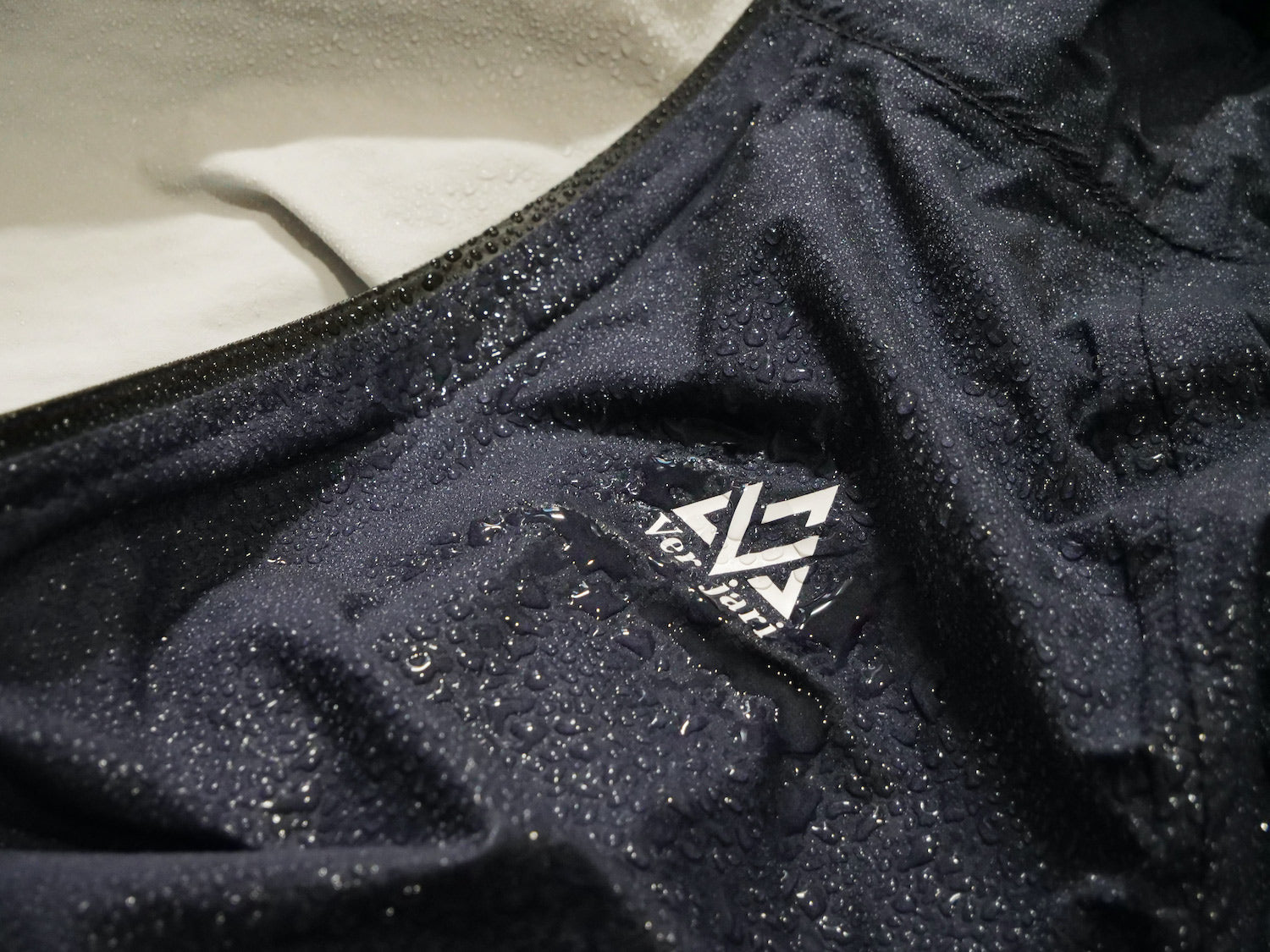Graphene will change the sports industry. Both thermal and bacteriostatic regulator, extremely light and resistant, its properties suggest a new future for sportswear. Where does this exceptional material come from?
Graphene comes from graphite

The origin of graphene is graphite. Graphite is a black, crumbly colored mineral. We use it for the lead of pencils for example. Graphite can be obtained naturally (deposit) or produced industrially (by a process called "pyrolysis").
At the atomic level, graphite is made up of carbon atoms organized in hexagons and forming layers superimposed and linked to each other.
Each sheet is called "graphene". Theorized after the Second World War, graphene was only extracted for the first time in 2004 by two physicists, André Geim and Konstantin Novoselov. They won the Nobel Prize in 2010 for this discovery.

Exceptional properties
Graphene exhibits extremely broad, innovative and exciting properties for many industries. It literally changes certain pioneering industries such as aerospace.
But what are the properties of graphene for sports textiles?

First, graphene is extremely conductive. Its thermal conductivity is unmatched, around 5000 w.m.k. This property helps regulate body heat during exercise.
Indeed, when we produce an effort, some parts of our body heat up more than others. Graphene helps regulate body temperature better through clothing.
Graphene is also very light, strong and stretchable. It reinforces the physical properties of the garment in which it is incorporated, and without weighing it down.
Graphene is also bacteriostatic. This means that bacteria cannot proliferate on graphene. A very interesting property for sports textiles. Indeed, odors come from the proliferation of bacteria, especially when we sweat during exercise.
Multiple possibilities in our clothes
Globally, there are three ways in the industry to incorporate graphene into a sports garment: In the yarn directly, in a waterproof membrane (for a garment with several "layers" layers) or in prints.
1. Graphene prints are the cheapest way to incorporate it into a garment. But that does not allow all the benefits to be derived from it in a sustainable manner. Firstly, prints can deteriorate over time, second they are generally in small quantities, and finally they are generally on the outside of the garment and therefore away from the skin. Thermal regulation therefore becomes difficult because the graphene "network" is both small and far from the heat source (the body).
2. Membranes incorporating graphene have better properties. In fact, graphene is present in greater quantity, generally in powder form over the entire surface of the membrane. The "network" is therefore abundant. But the membranes are generally "stuck" between two other layers of textile (outer and inner layer). The thermal regulation advantage is therefore limited by the distance which once again separates the graphene from the body.
3. Yarn made directly from graphene is the most complex process. This is the most solid way to integrate it into the textile on the one hand, and on the other hand, graphene is found as close as possible to the heat source (the body) and can therefore best play its role of regulation.







